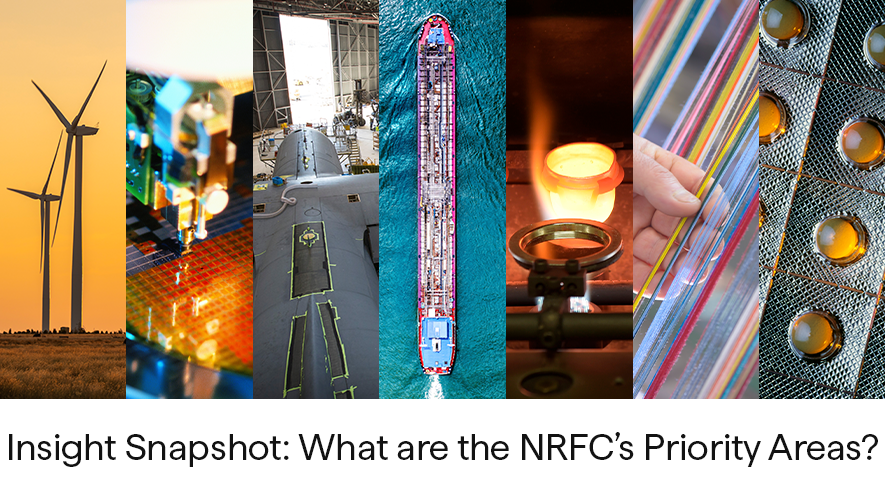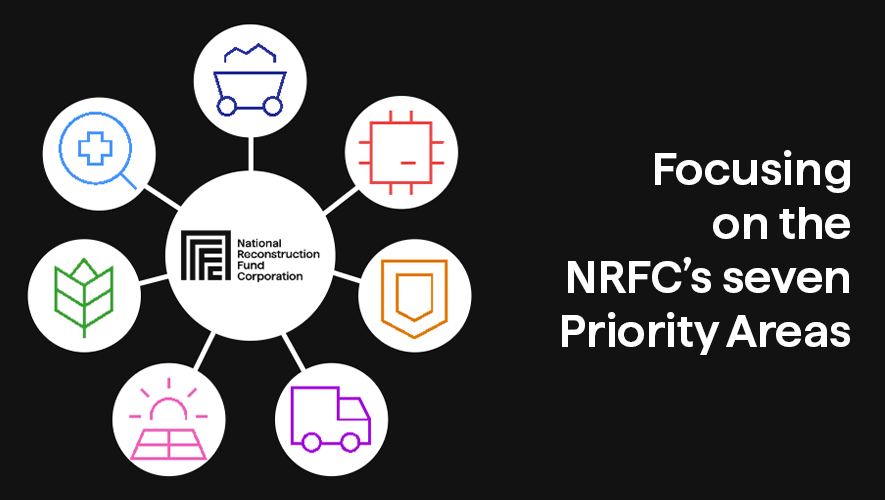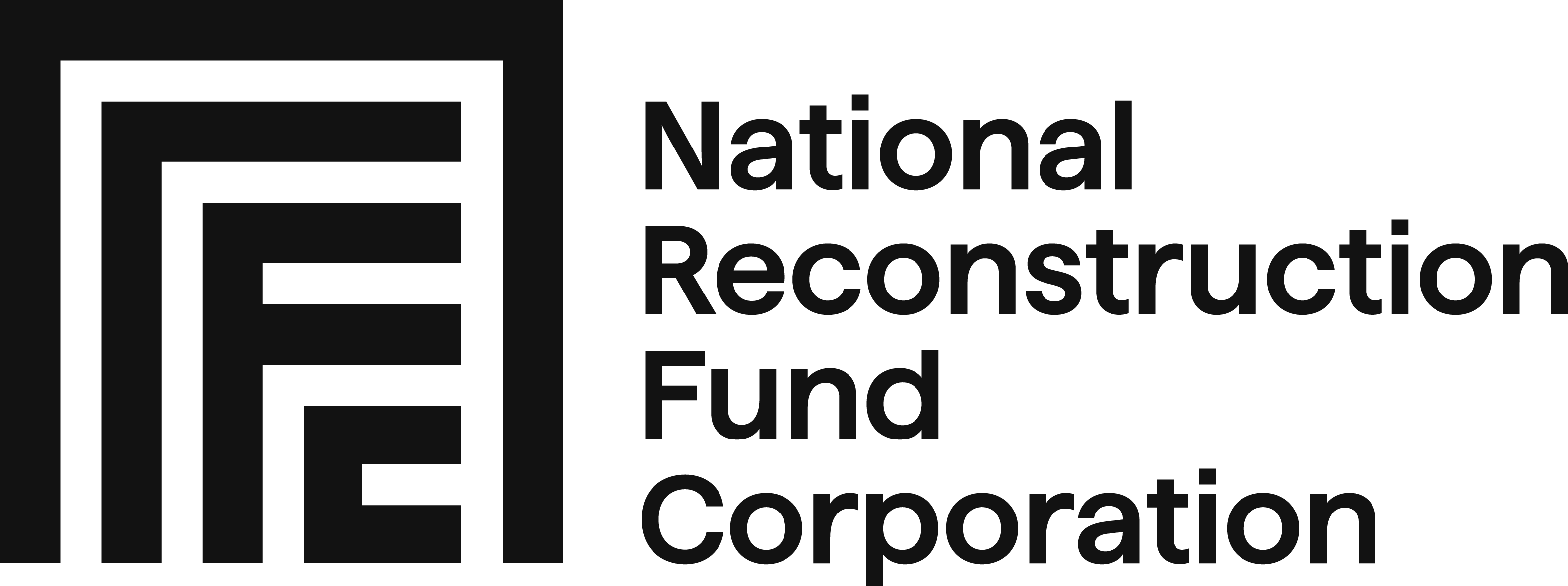
The NRFC's investments team sees hundreds of proposals for investment each year. While our team is always on the lookout for compelling opportunities to invest in the national interest, some of the applications we receive cannot progress beyond initial screening because they do not meet our government-mandated eligibility requirements.
One common way in which we see this is proposals that do not fall within one of our seven priority areas. Better explaining these areas, why they were chosen, how they relate to the national economy and what kinds of projects fall within them, is a vital way in which we can deliver increased clarity and understanding across the innovation ecosystem.
This snapshot series begins with a look across our seven Priority Areas and why they were chosen. In coming months, we will take a closer look at each specific area and what it means to the NRFC.
Why we have Priority Areas
The NRFC was created to help transform the Australian economy by investing in manufacturing and industrial capability.
To achieve these ambitious goals, the NRFC's $15 billion fund is focussed on seven legislated priority areas, chosen because they:
- align with Australia's natural advantages
- address critical national needs
- offer significant potential for growth, value-adding, and innovation
- contribute to building a more resilient and diverse economy.
To be considered for funding, businesses must be operating in one of these seven priority areas and be solely or mainly Australian-based.

The path forward: focusing on seven Priority Areas for transformation
The following sectors are where targeted investment can make the biggest difference in rebuilding Australia's industrial strength.
- Value-add in Resources: Transforming raw materials into higher-value products and inputs for the mining sector. This could mean investing in businesses that move beyond basic production to process raw materials into higher value product or goods e.g., refining battery minerals or smelting. This captures more value onshore, boosts national income, and improves productivity.
- Value-add in Agriculture, Forestry, and Fisheries: Processing and manufacturing value-added goods from Australia's primary produce and creating manufacturing inputs for these industries. Under this priority area, the NRFC will also seek to invest in businesses that value-add before export or consumption e.g., processing agricultural products into food.
- Transport: Building capabilities in manufacturing vehicles and components across road, rail, air, and marine transport. Businesses that operate in sectors like fleet electrification, bespoke vehicles, and low carbon fuels will increase Australia’s resilience and economic diversity and contribute to reaching net-zero emissions.
- Medical Science: Developing and manufacturing therapeutics, medical devices, and other essential health products. The NRFC has and will invest in businesses commercialising technology such as medicines, devices, and healthcare IT. This priority area has clear synergies with the advanced technologies in our Enabling Capabilities priority area.
- Renewables and Low Emission Technologies: Producing the technology needed for Australia's transition to a clean energy future and driving sustainability solutions. Businesses working in fields like green hydrogen production, renewable energy, recycling and biomanufacturing can contribute to reaching net-zero and developing the circularity of Australian industry.
- Defence Capability: Strengthening Australia's sovereign defence industrial base through domestic manufacturing of defence products. Keeping Australia safe is a critical priority, and the NRFC will look to invest in companies that can contribute to our national security.
- Enabling Capabilities: Building foundational technological and material capabilities that underpin modern industry across all sectors. As manufacturing moves to adopt new technologies, companies that provide support or products in advanced manufacturing tech, AI, biotech, quantum computing, robotics, sensing and space increase Australia’s capabilities and enable the growth of new industries.
The NRFC's investment approach focuses on projects with the scale and potential to deliver significant transformative impact within these priority areas and contribute to broader policy outcomes.
More to come: exploring each Priority Area in detail
This article has introduced the seven priority areas for NRFC investment.
Over the coming months, we invite you to join us on a deeper exploration. In each newsletter, we will dedicate a specific article to a different priority area, delving into:
- The specific opportunities and challenges we are seeing in that sector in the Australian context.
- How targeted NRFC investment can unlock potential and drive innovation.
- Descriptions of the types of high-value, transformative projects envisioned and those already funded.
- The unique contribution of each priority area to job creation, regional growth, sustainability, and national resilience.
Stay connected to follow this series and gain a clearer understanding of how the NRFC is strategically investing $15 billion to build a stronger, more diverse, and more resilient Australian economy.

